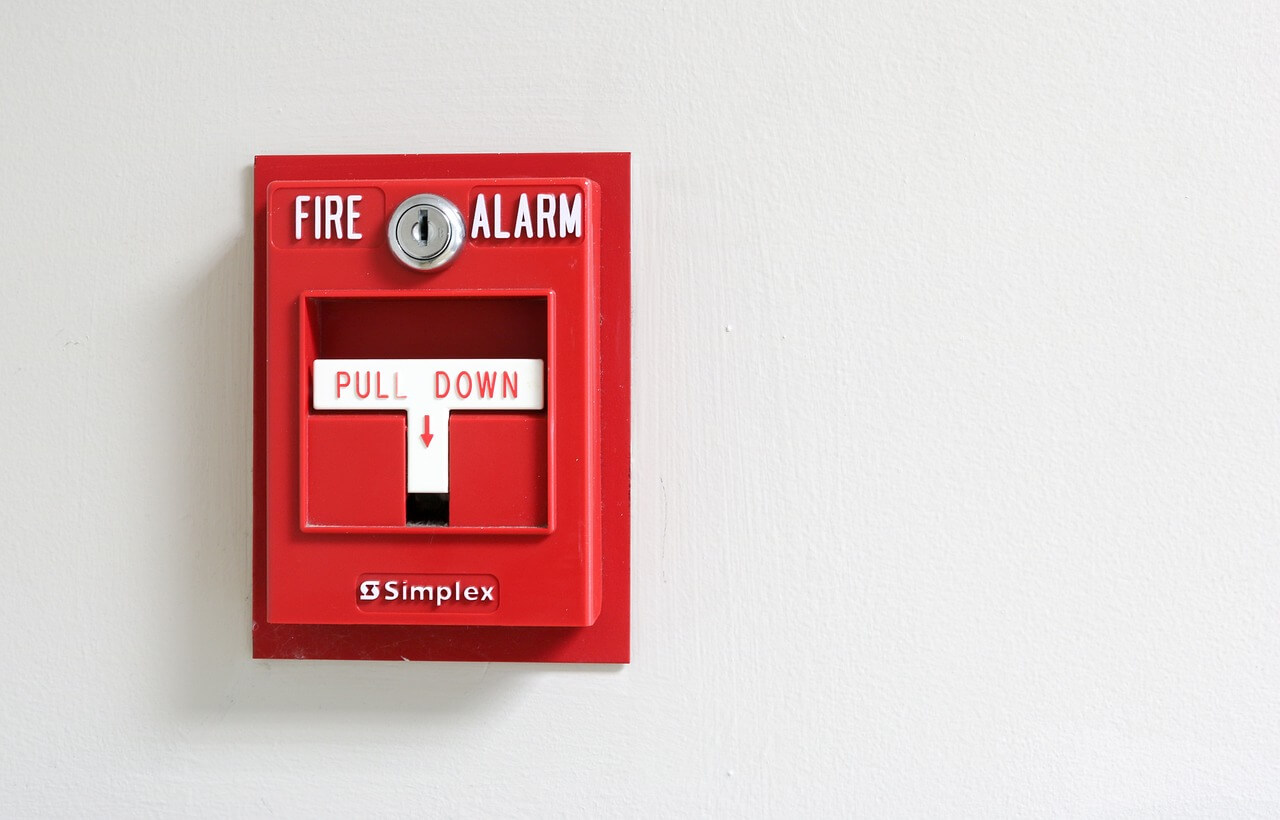Comprehensive Guidelines for Commercial Fire Risk Assessment in 2024

Maintaining a safe and secure environment is paramount in commercial establishments. Fire safety is a critical aspect of this responsibility, and conducting regular fire risk assessments is a fundamental requirement. In 2024, businesses must adhere to updated guidelines to ensure the effectiveness of their fire risk assessments. This article provides comprehensive guidelines for conducting commercial fire risk assessments in 2024.
-
Legal Framework and Compliance:
Familiarize yourself with the latest fire safety regulations applicable to commercial properties in 2024. Compliance is not only a legal requirement but is essential for the safety of occupants and the protection of property.
-
Identifying Responsible Persons:
Designate responsible individuals or a team to oversee fire safety within the commercial premises. This may include a Fire Safety Manager or a team of Fire Wardens who will be trained to handle emergency situations.
-
Understand the Building and Its Use:
Begin the assessment by thoroughly understanding the layout and purpose of the commercial property. Identify key areas such as escape routes, assembly points, high-risk areas, and locations of fire safety equipment.
-
Fire Hazards Identification:
Systematically identify potential fire hazards within the premises. This includes electrical appliances, heating systems, combustible materials, and any other elements that may pose a risk of ignition.
-
Assessing Ignition Sources:
Evaluate potential ignition sources and assess their proximity to flammable materials. Ensure that ignition sources are adequately managed to minimize the risk of fire.
-
Evaluating Escape Routes:
Examine escape routes to ensure they are clearly marked, unobstructed, and provide efficient evacuation paths. Verify that exit doors are easily accessible and that emergency lighting is functional.
-
Fire Safety Equipment Inspection:
Regularly inspect and maintain fire safety equipment, including fire extinguishers, fire alarms, emergency lighting, and sprinkler systems. Ensure that all equipment is in good working condition and meets relevant standards.
-
Training and Emergency Procedures:
Conduct regular fire safety training for employees, emphasizing evacuation procedures, the proper use of fire extinguishers, and the importance of early detection. Document and practice emergency evacuation drills.
-
Fire Detection and Warning Systems:
Check the functionality of fire detection and warning systems, including smoke detectors and fire alarms. Ensure that these systems are regularly tested and promptly repaired if any faults are identified.
-
Record Keeping:
Maintain detailed records of fire risk assessments, including identified hazards, actions taken to mitigate risks, and scheduled follow-up assessments. Proper documentation is crucial for demonstrating compliance and due diligence.
-
Special Considerations:
Consider any specific risks associated with the nature of the commercial activities conducted on the premises. This may include the storage of hazardous materials, machinery operations, or unique challenges relevant to the business.
-
Review and Update:
Regularly review and update fire risk assessments, especially in the event of any significant changes to the premises, occupancy, or activities. Keep abreast of evolving fire safety standards and regulations.
Conclusion:
Conducting a thorough commercial fire risk assessment in 2024 is an essential aspect of ensuring the safety of occupants and protecting property. By following these comprehensive guidelines, businesses can create a safer environment, comply with regulations, and effectively respond to fire-related emergencies. Regular assessments, training, and a commitment to fire safety are integral to fostering a secure and resilient commercial space.


